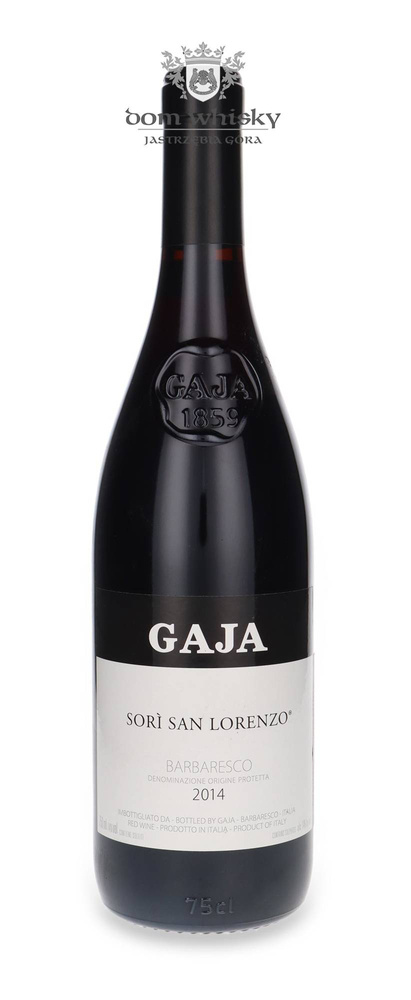Product description
The producer is a true legend in the wine world, not only in Italy, but has international authority confirmed by many wonderful labels that have seen the light of day thanks to him. The beginnings of the winery date back to 1859, when Giovanni Gaja created the foundations of today's splendor. Initially, the activity focused on modest gastronomic activity, where in his tavern he served his own wines with the dishes served. The next significant step came after World War II, when the founder's grandson, and at the same time his namesake, began buying vineyards characterized by the appropriate quality of the grapes ripening in them.
The whole current story revolves around Angelo, the great-grandson of the founder, who began his career in the company at the age of 21. Travelling extensively and educating himself in the winemaking profession, he was a true innovator in the entire region, introducing new things to his vineyard, such as introducing malolactic fermentation to the region or importing French barrels for ageing wine. Against the will of his father, he began growing foreign grape varieties, claiming that in this way he would draw the world's attention to his products, made from local varieties. Throughout his career, he made many uncompromising decisions, perpetuating the brand of his name and wines. He has now passed the management of the company to his daughters, although he denies that he has already retired.
Gaja Barbaresco Sori San Lorenzo 2014 / 14% / 0.75l
A wonderful representative of Barbaresco - the grapes used for production come from only one, the most famous vineyard Gaja. San Lorenzo is the quintessence of the style of one of the most famous wines from Piedmont. On the nose it is very concentrated and rich, but it needs a moment to develop towards the aromas of licorice, black tea leaves, ripe cherries and plums with a touch of blackberries, as well as a delicate hint of violet flowers. On the palate it is well-built, but harmonious and velvety, perfectly combining the flavors of fruit with herbal accents and balsamic notes. The finish is long and intense, full of spice nuances.
It tastes best when served at a temperature of 16-18 degrees. Decanting is recommended before serving to ensure the wine has the optimal level of aeration, which will allow it to fully develop. In culinary combinations, it will work well with grilled beef, roasted lamb or game, but also with pasta in heavier sauces.

